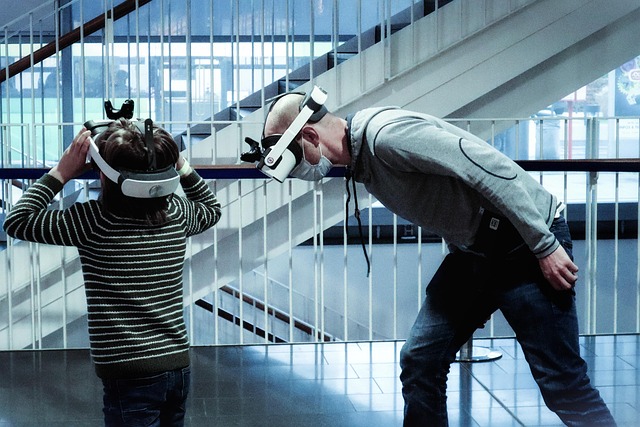Mastering Visual Synchronization: A Software Developer’s Guide
In the fast-paced world of software development, staying in tune with both code and design can feel like a complex dance. The rhythm of creating seamless user experiences is heavily reliant on one unassuming yet critical aspect: visual synchronization. Whether you’re developing an application, a website, or a game, the concept of visual synchronization can apply broadly, and mastering it can take your work to new heights.
Understanding Visual Synchronization
At its core, visual synchronization refers to the harmonious integration of visuals and functionality within your application. It’s about ensuring that the graphical elements enhance user interaction rather than disrupt it. Imagine the frustration of users when a button doesn’t respond as they’d expect, or when visual feedback is delayed. These moments not only detract from the user experience but can also lead to increased bounce rates and decreased engagement.
The Importance of Consistency
One of the foundational principles of visual synchronization is consistency. Consistent use of color schemes, typography, and layout helps users feel more at ease and reduces cognitive load. As software developers, embracing design languages like Material Design or Apple’s Human Interface Guidelines can provide invaluable frameworks that enable this consistency while simplifying our development process.
Leveraging Animation for Engagement
Animation plays a pivotal role in visual synchronization. When seamlessly integrated, animations can provide crucial feedback to users, making interfaces not only more engaging but also informative. For instance, a loading spinner informs users that an action is being processed, while subtle transitions between different states provide a sense of continuity. You can use libraries such as Framer Motion or GSAP in your projects to create smooth transitions that enhance user experience.
Responsive Design: A Key Element
With the variety of devices and screen sizes out there, visual synchronization also encompasses responsive design. Developers must ensure that applications look and function effectively across devices. Implementing a mobile-first approach can help prioritize essential features and visuals while ensuring they remain intuitive and visually appealing, whether on a phone, tablet, or desktop.
Testing for Visual Cohesion
To truly master visual synchronization, one must not overlook the importance of testing. Incorporating user feedback is invaluable; running usability tests can identify visual friction points before they become a problem. Utilize tools like BrowserStack or LambdaTest for cross-browser compatibility testing to ensure that visual elements render correctly on all platforms without loss of functionality.
Collaboration with Designers
Lastly, fostering close collaboration with designers can drastically improve your application’s visual synchronization. Regular communication can bridge the gap between design concepts and development capabilities. Using design tools like Figma or Adobe XD allows for real-time collaboration, ensuring that developers are aligned with the visual goals of the project.
Mastering visual synchronization is an ongoing journey that requires both practice and reflection. As you refine your skills, remember that it is not just about aesthetics—it’s about creating seamless experiences that resonate with users. Each code line you write is a part of this dance, where visual elements and functionality must fit together perfectly. Embrace it, and let your creations shine.



